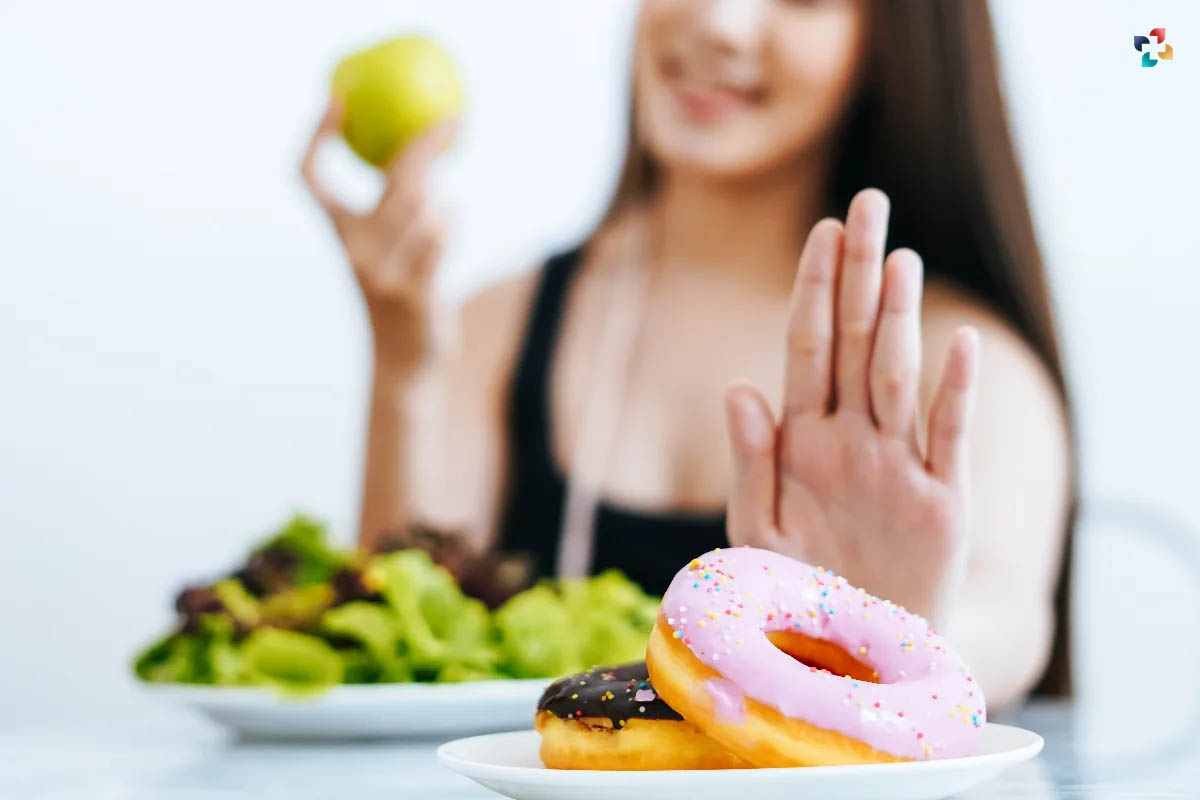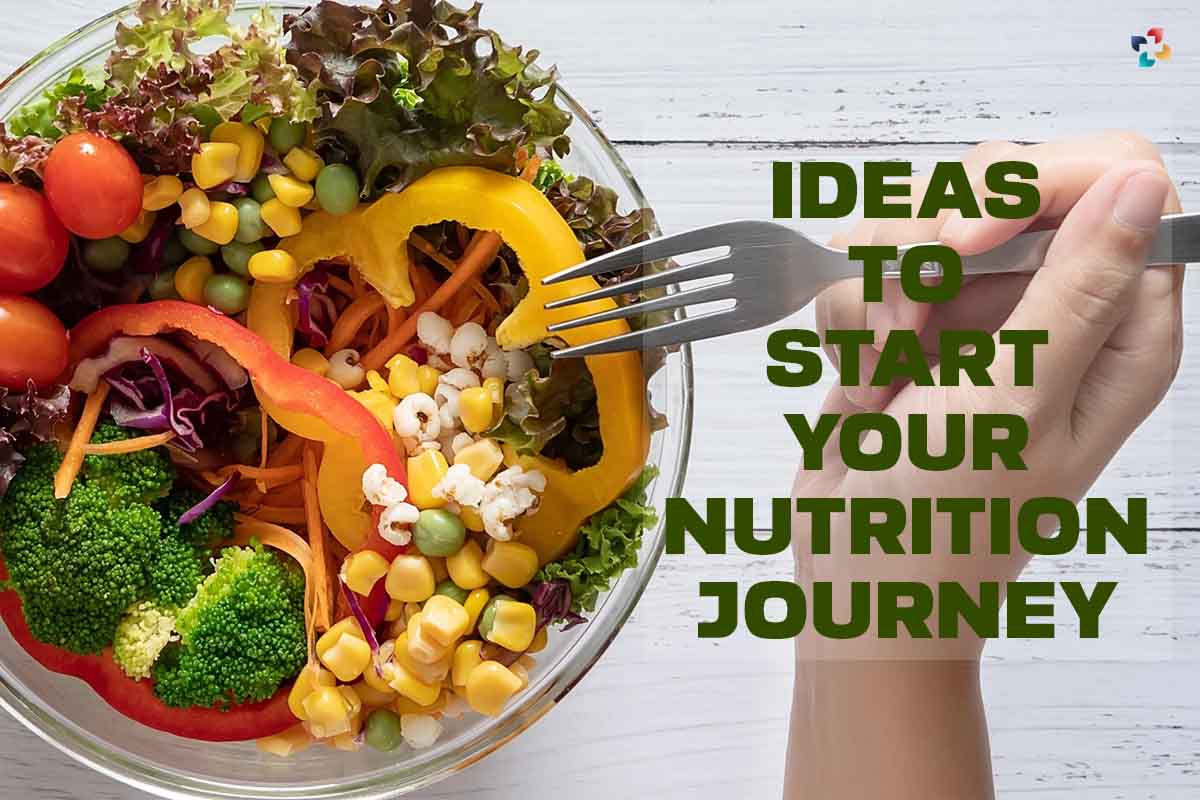The key to a healthy diet is to start your nutrition journey-consume the appropriate number of calories for your level of activity in order to balance the energy you consume with the energy you expend. If you consume more calories than your body requires, you will gain weight because the energy you do not utilize is stored as fat. You will lose weight if you eat and drink too little.
You should also consume a variety of meals to ensure a well-balanced diet and that your body receives all of the nutrients it requires. Men should consume around 2,500 calories every day (10,500 kilojoules). Women should consume around 2,000 calories each day (8,400 kilojoules).
Here are 5 Best Ideas to Start Your Nutrition Journey;
1. Make your meals up of high-fiber starchy carbs.
Starchy carbs should account for little more than one-third of your total caloric intake. Potatoes, bread, rice, pasta, and cereals are among them. To start your nutrition journey, choose higher fiber or wholegrain options, such as wholewheat pasta, brown rice, or skin-on potatoes.
They have more fiber than white or refined starchy carbs and might keep you fuller for longer. Include at least one starchy dish with each major course. Some individuals believe that starchy meals are fattening, yet the carbohydrate they contain delivers less than half the calories of fat.
Keep a watch on the fats you use while preparing or serving these meals since these are what add calories – for example, oil on chips, butter on toast, and creamy sauces on pasta.
2. Consume plenty of fruits and vegetables
Every day, it is start your nutrition journey advised that you consume at least 5 servings of a variety of fruits and vegetables. Fresh, frozen, canned, dry, or juiced are all options. Getting your 5 A Day is simpler than it seems. Why not add a banana to your breakfast cereal or replace your mid-morning snack with a piece of fresh fruit?

Fresh, canned, or frozen fruit and vegetables include 80g. A serving of dried fruit (reserved for mealtimes) is 30g. A 150ml glass of fruit juice, vegetable juice, or smoothie also counts as one serving, but restrict your intake to no more than one glass per day since these beverages are high in sugar and may harm your teeth.
3. Consume more fish, particularly fatty fish.
Fish is high in protein and provides a variety of vitamins and minerals. Aim for at least two servings of fish every week, including at least one serving of fatty fish. Omega-3 fats found in oily seafood may help reduce heart disease. Among the oily fish are salmon\strout\sherring\ssardines\spilchards\smackerel.
Fish that are not greasy include haddock, splice, solely, scored, sauna, skate, and shake. Fresh, frozen, and canned fish are all options, but keep in mind that canned and smoked fish may be rich in salt. Most individuals should consume more fish, however, some varieties of fish have advised restrictions.
4. Reduce your intake of saturated fat and sugar.
You need fat in your diet, but you must be mindful of the quantity and kind of fat you consume to start your nutrition journey. Saturated fat and unsaturated fat are the two basic forms of fat. Too much-saturated fat may raise your blood cholesterol levels, increasing your chance of getting heart disease.
Men should consume no more than 30g of saturated fat per day on average. Women should consume no more than 20g of saturated fat per day on average. Children under the age of 11 should consume less saturated fat than adults, but a low-fat diet is not appropriate for children under the age of five.

Saturated fat may be found in a variety of foods, including fatty pork chops sausages butter hard cheese cream cakes biscuits, salads, and spies. Eat less saturated fat and more unsaturated fat-containing foods, such as vegetable oils and spreads, oily salmon, and avocados.
Instead of butter, lard, or ghee, use a little quantity of vegetable or olive oil, or reduced-fat spread. When eating beef, consider lean cuts and trim away any apparent fat. Because all kinds of fat are rich in energy, they should be consumed in moderation.
Sugar
Consuming sugary meals and beverages on a regular basis raises your chances of obesity and tooth damage. Sugary meals and beverages are frequently rich in energy (measured in kilojoules or calories) and may contribute to weight gain if taken in excess.
Many packaged meals and beverages have unexpectedly high levels of free sugars. Many foods contain free sugars, including effervescent drinks with added sugar breakfast cereals high in sugar cakes, cookies, pastries, puddings, sweets, and chocolate-flavored alcoholic beverages food labels may be useful.
Use them to determine how much sugar is in foods. More than 22.5g of total sugar per 100g indicates that the food is high in sugar, whereas 5g or less per 100g indicates that the item is low in sugar.
5. Limit your salt intake to no more than 6g per day for adults.
Excessive salt consumption may elevate blood pressure. High blood pressure increases the risk of developing heart disease or having a stroke. You may be consuming too much salt even if you don’t add it to your diet to start your nutrition journey.

Three-quarters of the salt you consume is already present in the food you purchase, such as morning cereals, soups, bread, and sauces. Use food labels to help you save money. A meal with more than 1.5g of salt per 100g is rich in salt. Adults and children over the age of 11 should consume no more than 6g of salt (approximately a teaspoonful) each day. Even younger children should have less.











